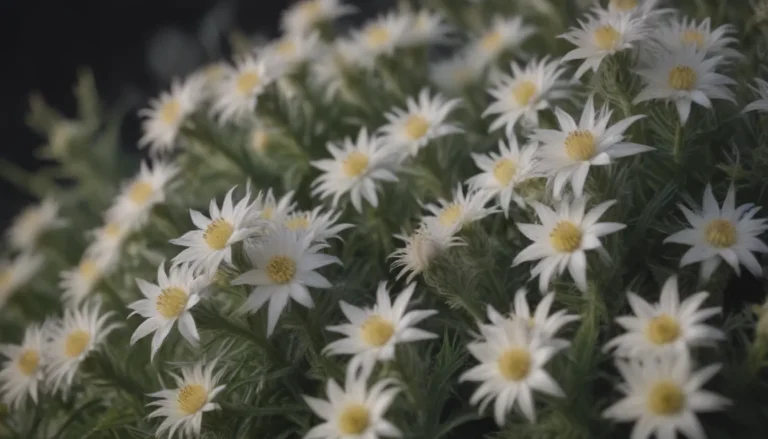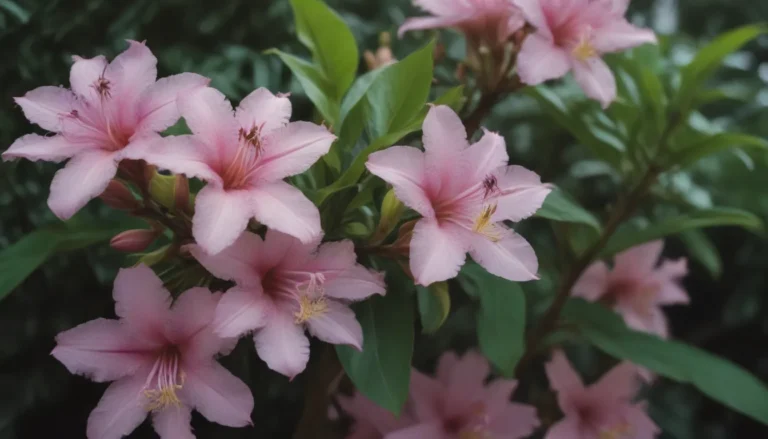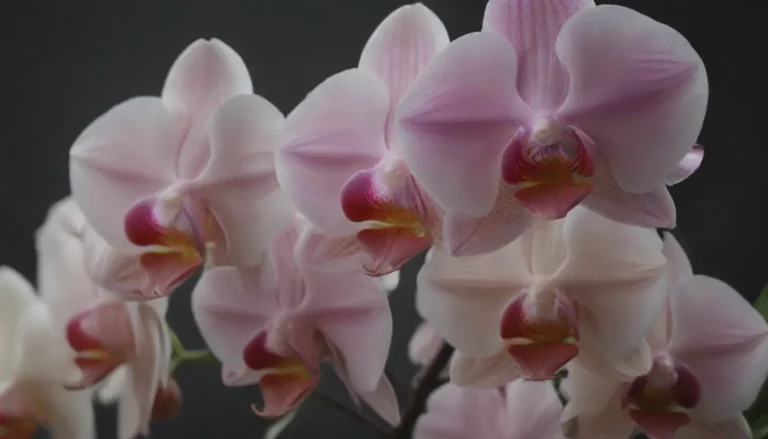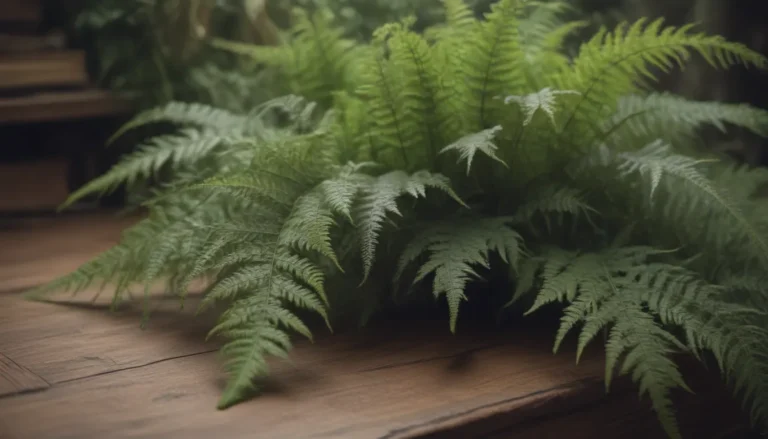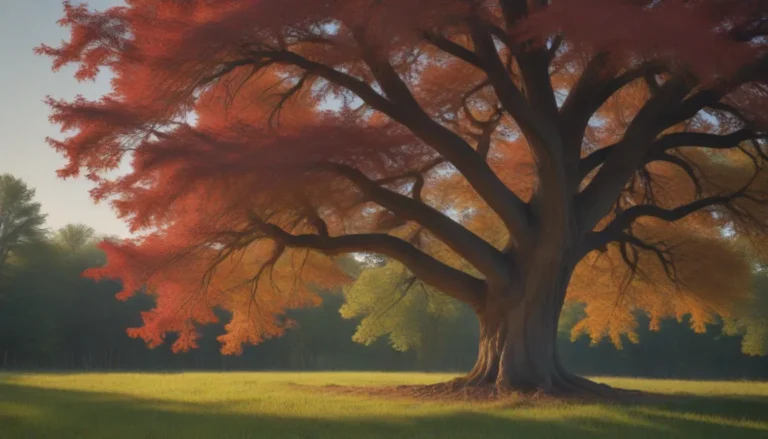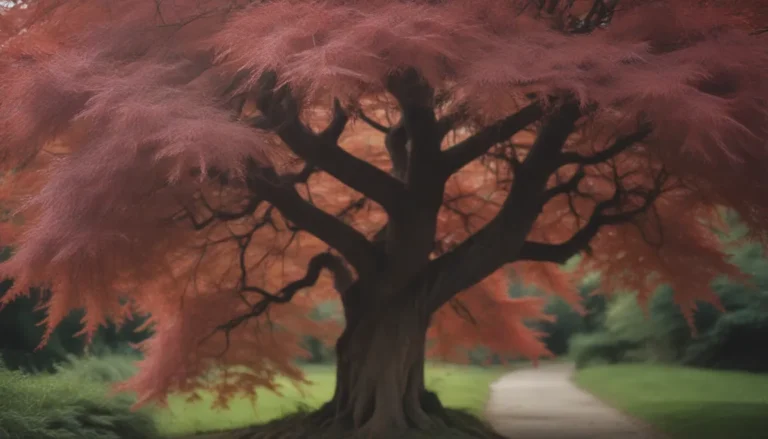The Ultimate Guide to Birch Trees: 12 Varieties to Consider for Your Landscape
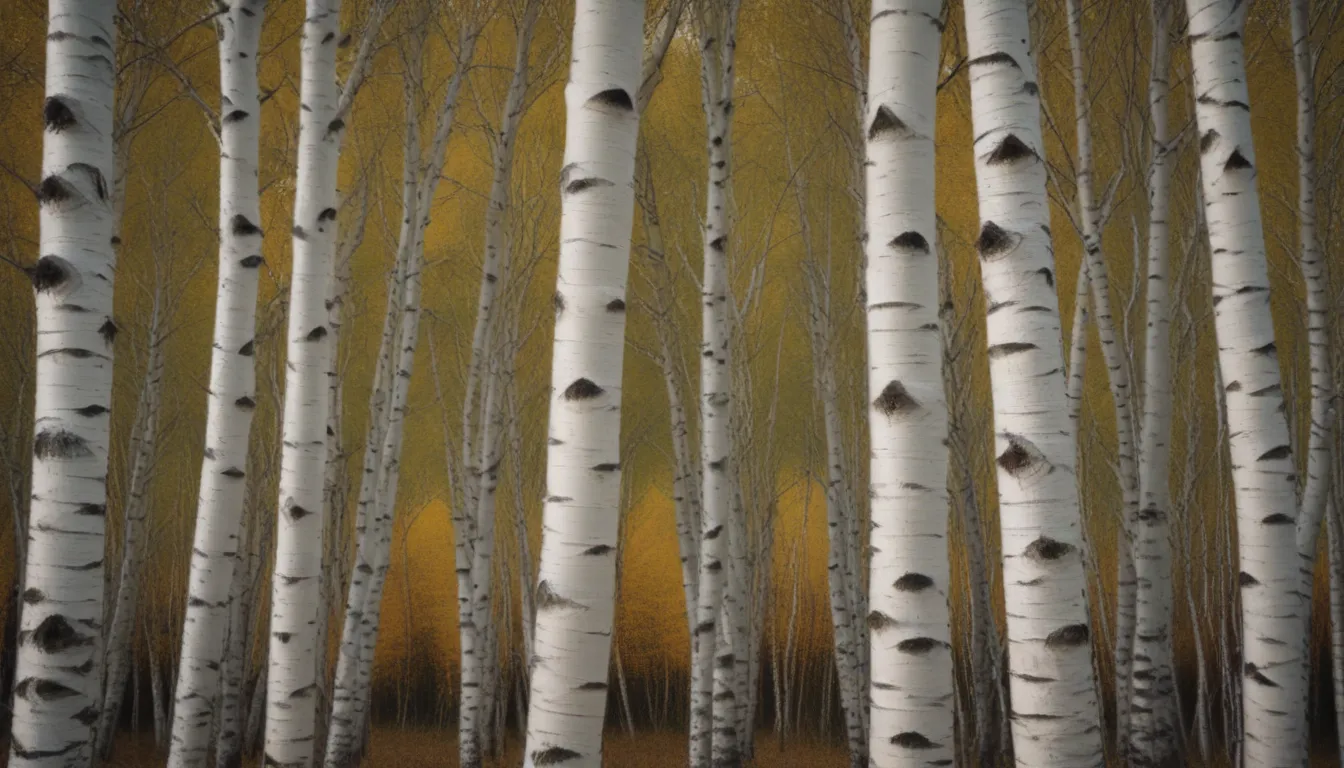
Are you considering adding birch trees to your landscape but aren’t sure where to start? Birch trees are a beautiful addition to any yard, with their distinctive white bark and vibrant foliage. In this comprehensive guide, we will explore 12 common types of birch trees, their characteristics, and care requirements. Whether you are a seasoned gardener or a beginner looking to enhance your outdoor space, this guide is packed with valuable information to help you make an informed decision.
Birch Trees 101
Before we delve into the different types of birch trees, let’s cover some basics about these beloved trees. Birch trees belong to the genus Betula and are part of the Betulaceae family of plants. With over 60 species, birch trees are typically small to medium-sized trees and shrubs that are found in temperate zones across the Northern Hemisphere.
One of the most striking features of birch trees is their varicolored or white bark, which often peels in paper-thin layers, revealing distinctive horizontal markings. Most birch trees thrive in moist soil and full sun, making them ideal for a wide range of landscapes. However, it’s essential to keep in mind that birch trees have a relatively short lifespan compared to other hardwood trees and are prone to damage from insects and diseases.
Birch Tree Characteristics and Care Tips
- Most birch trees have varicolored or white bark with distinctive horizontal markings.
- They thrive in moist soil and full sun, but be mindful of planting them near plumbing pipes.
- Regular pruning and maintenance can help prevent infestations by pests like the bronze birch borer.
Tips: Birch trees are often mistaken for quaking aspen trees due to their similar bark. However, birch leaves are longer and more oval-shaped compared to the round leaves of quaking aspens.
12 Common Types of Birch Trees
Now that we have covered the basics of birch trees, let’s explore 12 common varieties that you might consider for your landscape. Each type has its unique characteristics and growing requirements, so take your time to choose the perfect birch tree for your yard.
1. Paper Birch (Betula papyrifera)
- USDA Hardiness Zones:
- Mature Size:
- Light:
- Soil Needs:
Native to Alaska, Canada, and northern U.S. states, the paper birch is known for its lovely white bark and yellow fall color. It can grow as a single trunk tree or in small clumps with multiple trunks. The paper bark birch is historically used to make various products, from footwear to birch-bark canoes, and serves as a food source for wildlife.
2. Bog Birch (Betula pumila)
- USDA Hardiness Zones:
- Mature Size:
- Light:
- Soil Needs:
The bog birch is a medium-sized, short-lived shrub that thrives in wet sites and is native to North America. It tolerates flooding, alkaline soil, clay soil, and road salt, making it an excellent choice for rain gardens and waterlogged areas.
3. River Birch (Betula nigra)
- USDA Hardiness Zones:
- Mature Size:
- Light:
- Soil Needs:
Native to the eastern United States, the river birch is a fast-growing tree with salmon-pink to reddish-brown bark that exfoliates to reveal lighter inner bark. It is heat-tolerant and resistant to the bronze birch borer, making it a popular choice for home landscapes.
4. Sweet Birch (Betula lenta)
- USDA Hardiness Zones:
- Mature Size:
- Light:
- Soil Needs:
The sweet birch, also known as cherry birch, is a large tree with shiny red-brown bark and yellow foliage. It attracts wildlife, including birds and butterflies, and is resistant to the bronze birch borer. Native to the eastern U.S., this tree adds beauty and fragrance to any landscape.
5. Dwarf Birch (Betula nana)
- USDA Hardiness Zones:
- Mature Size:
- Light:
- Soil Needs:
The dwarf birch is a small shrub native to arctic and cool temperate regions. Although rarely planted in landscapes, it plays a crucial role in cold northern territories by providing vegetation cover for wildlife.
Stay tuned for more information on other common types of birch trees in the next section of this guide!
